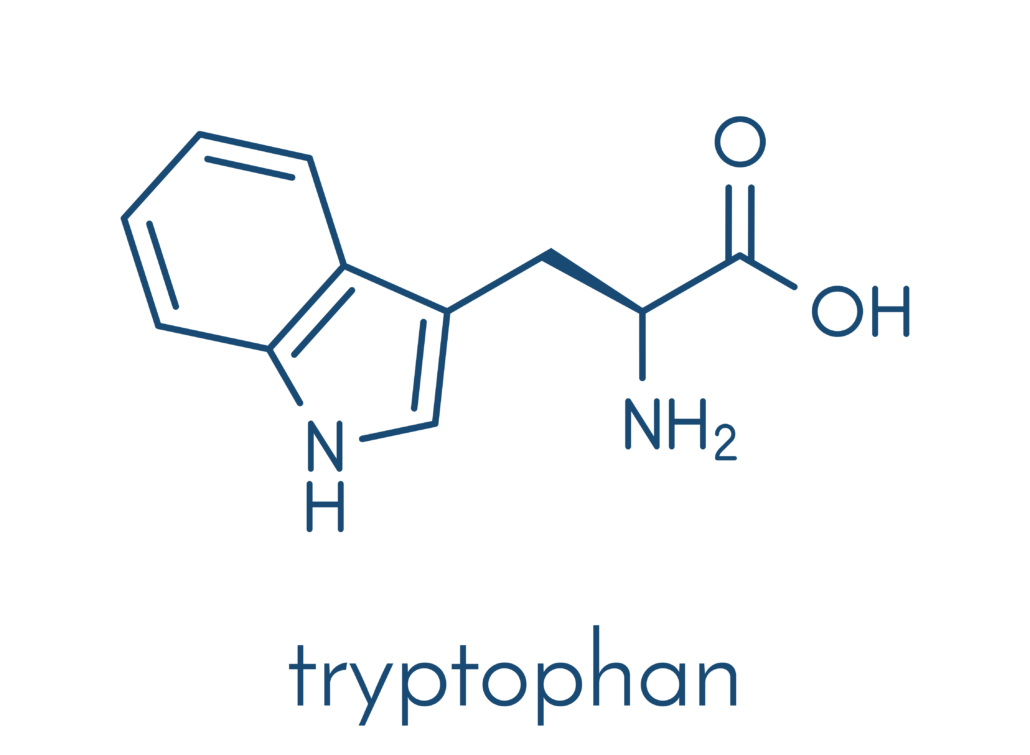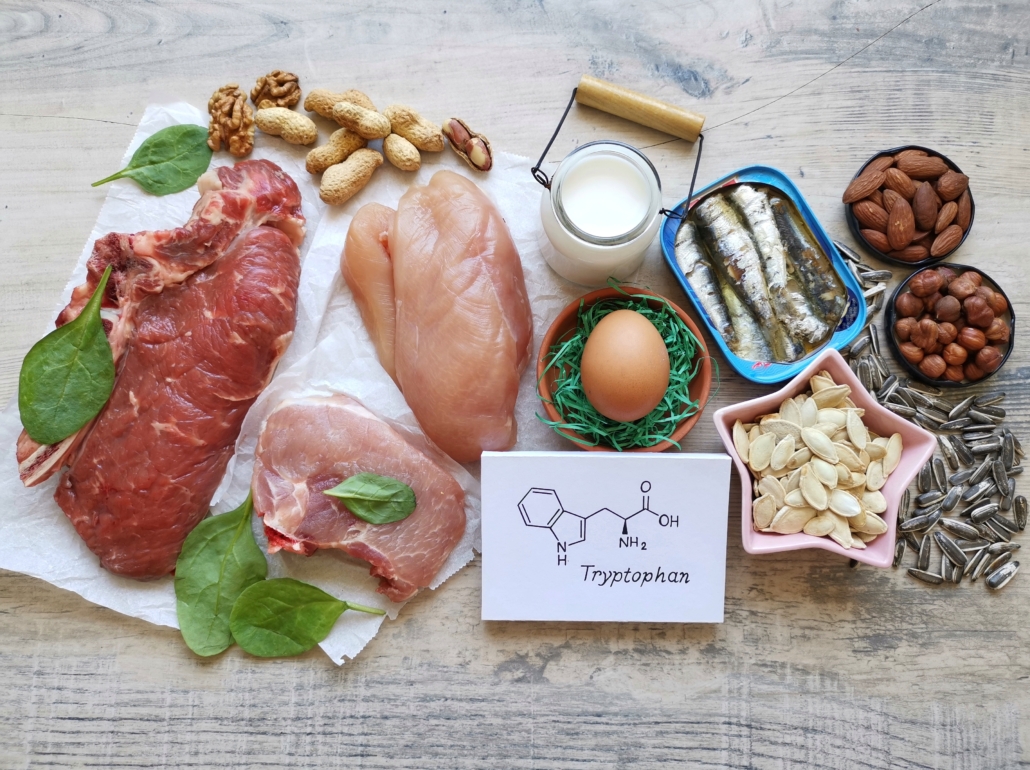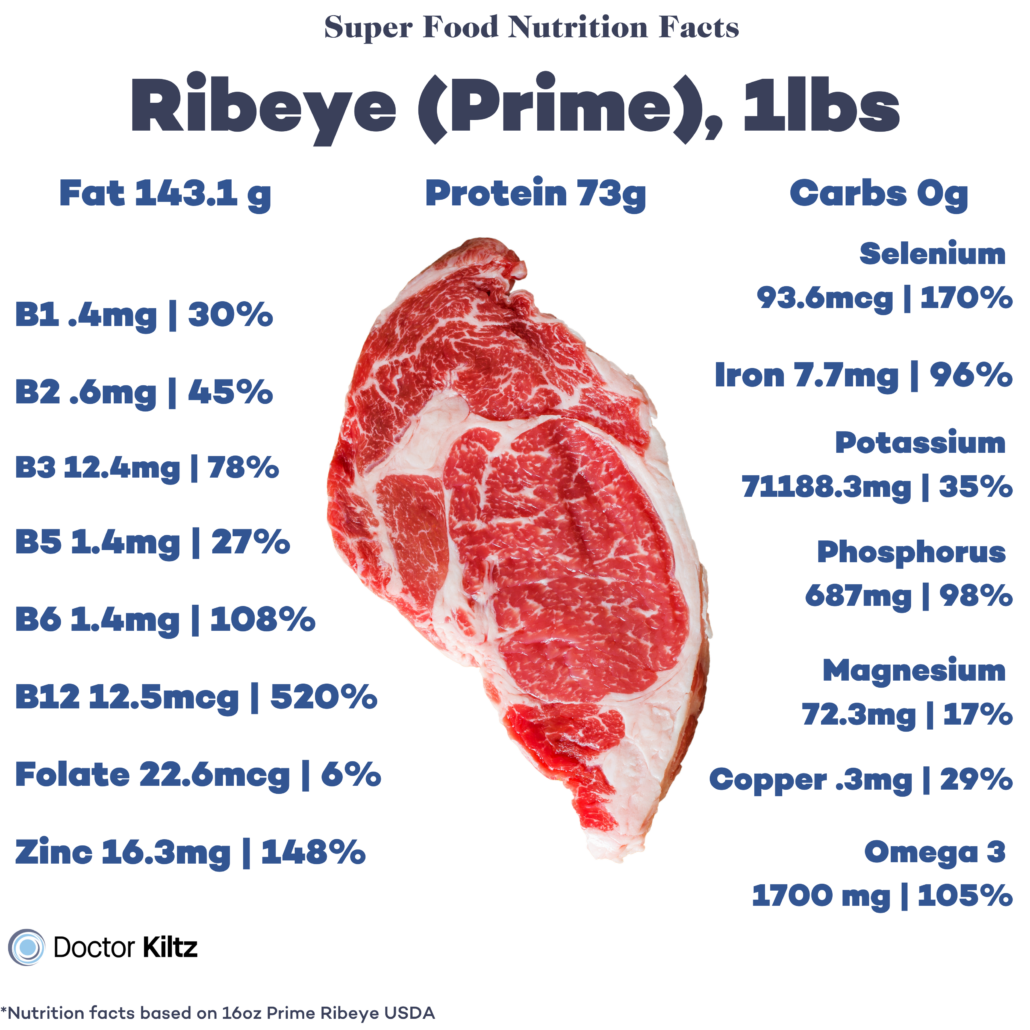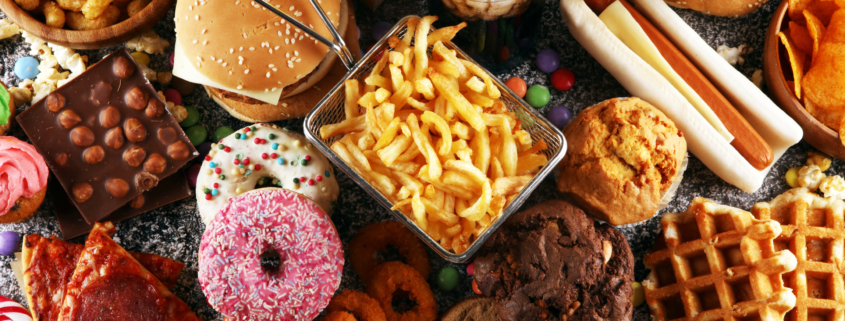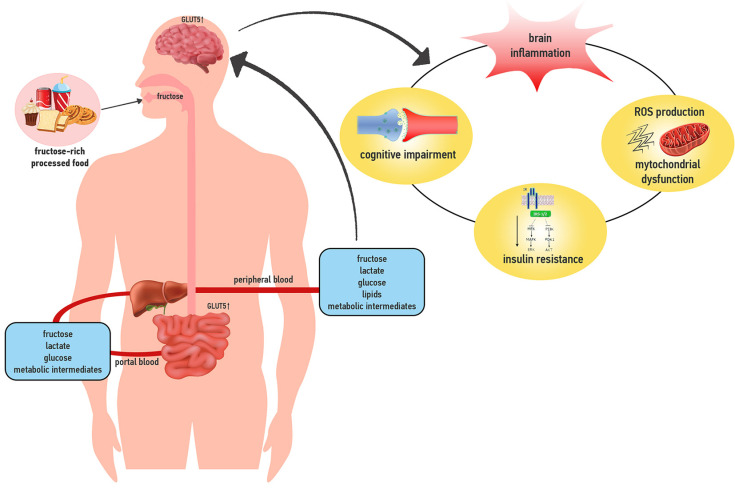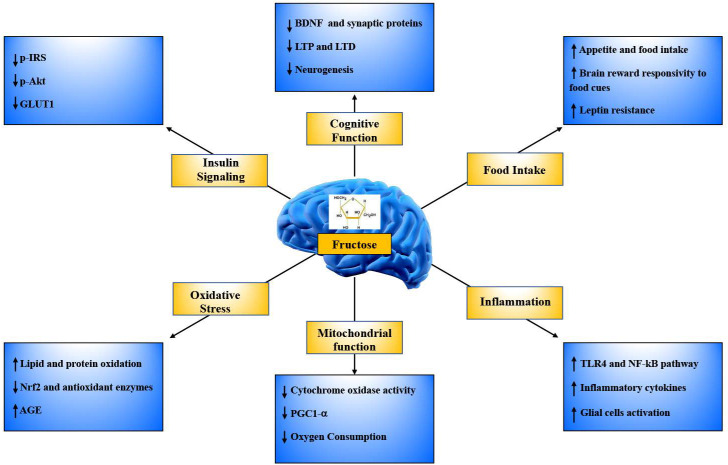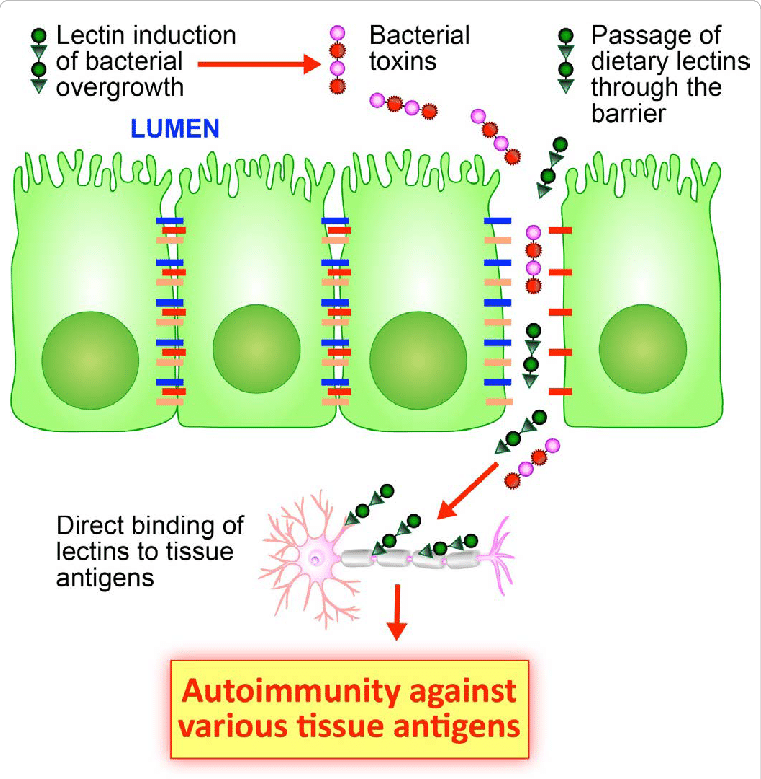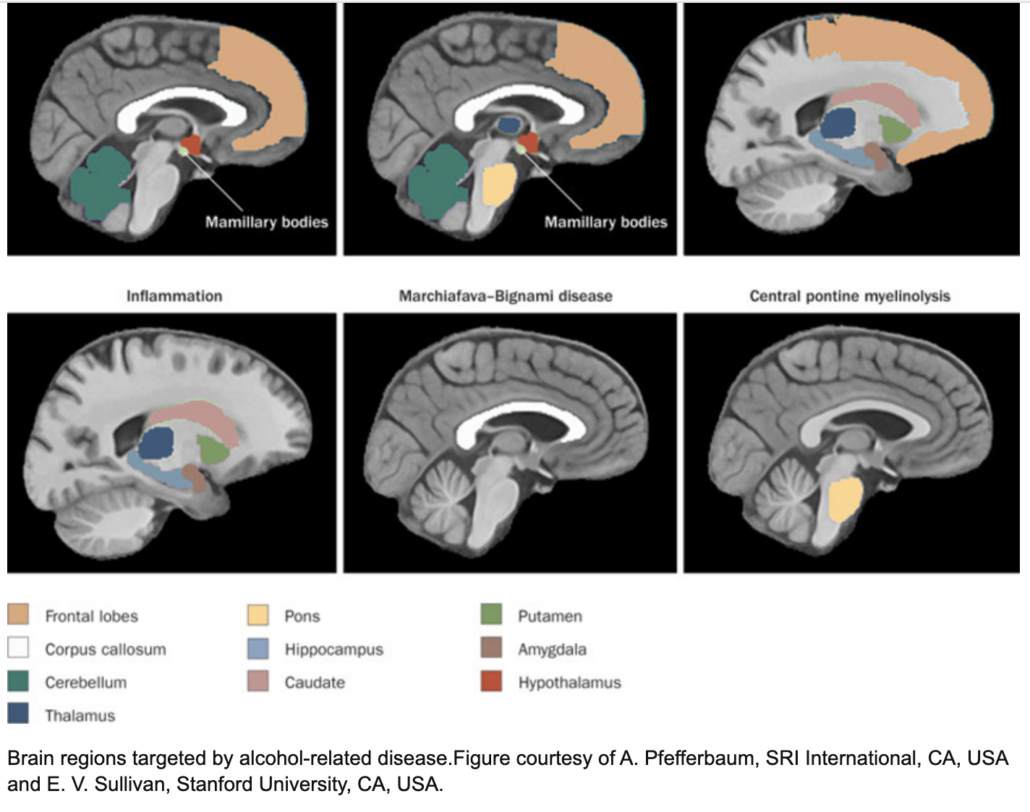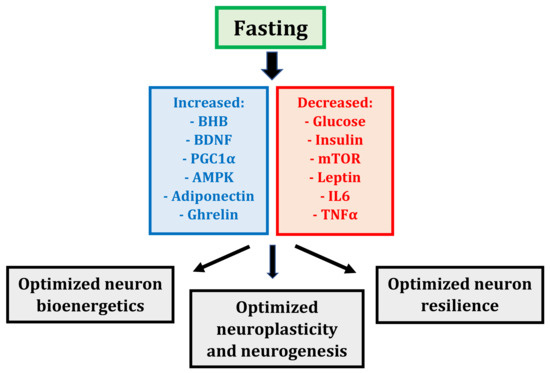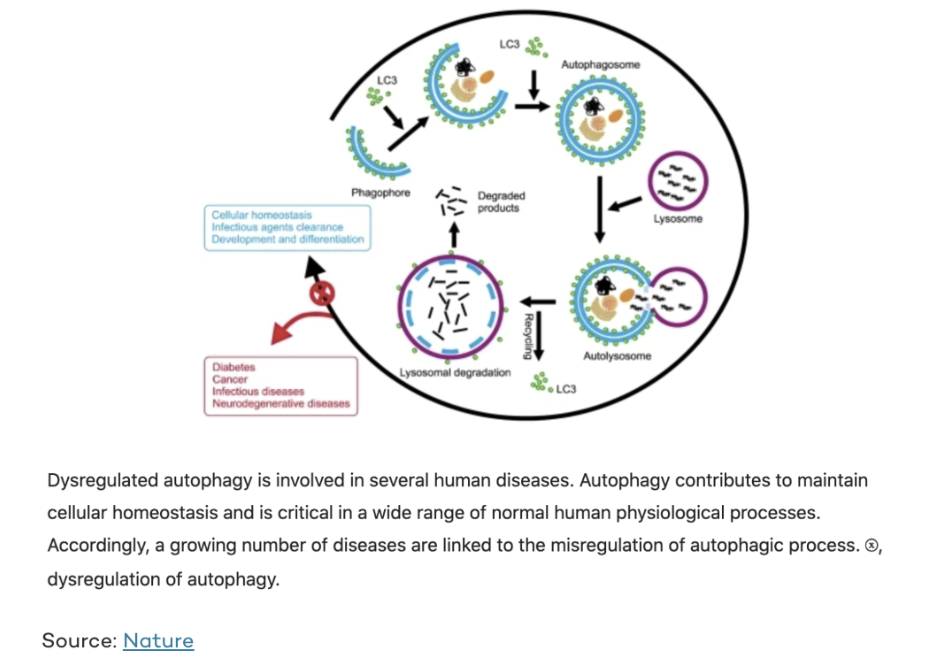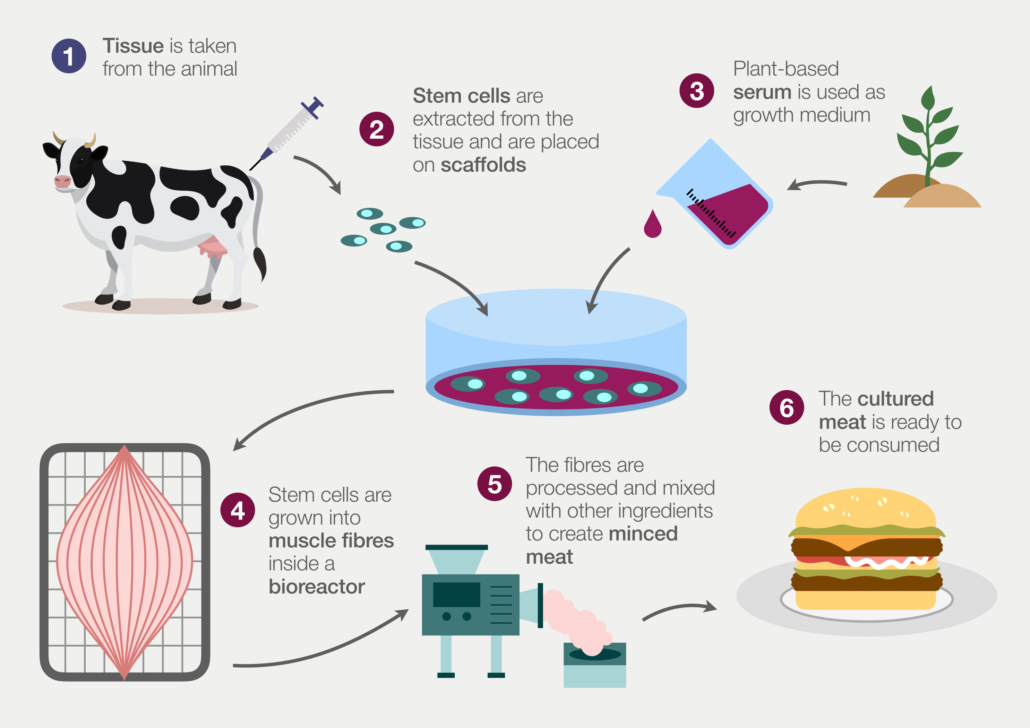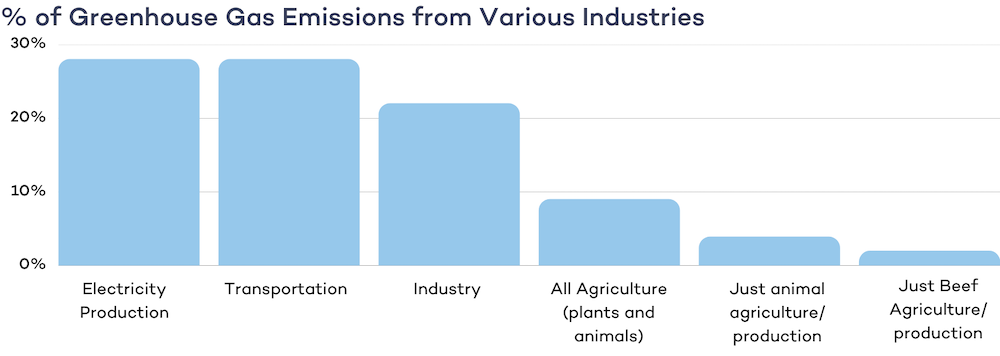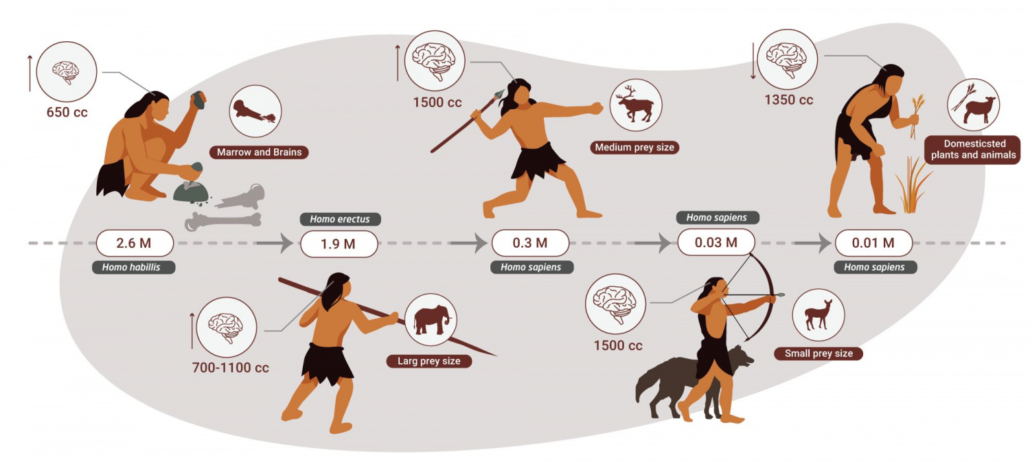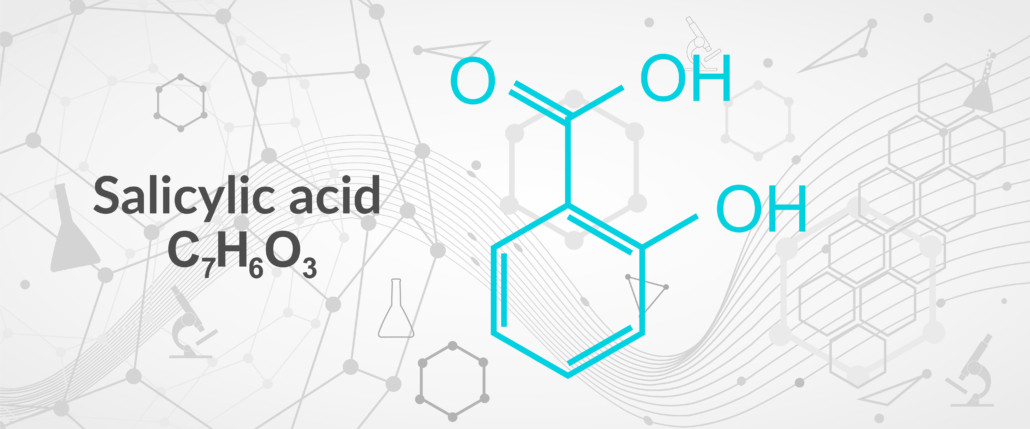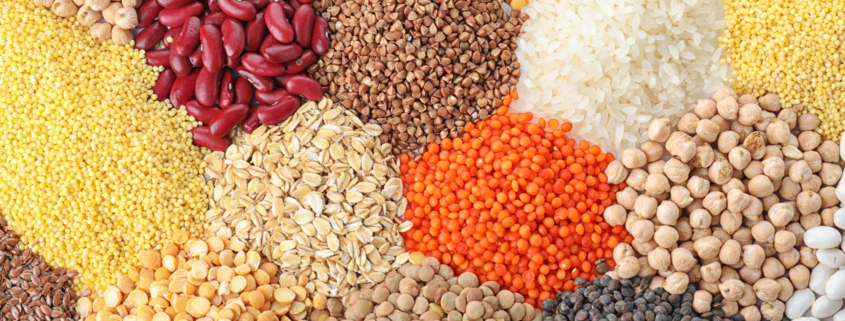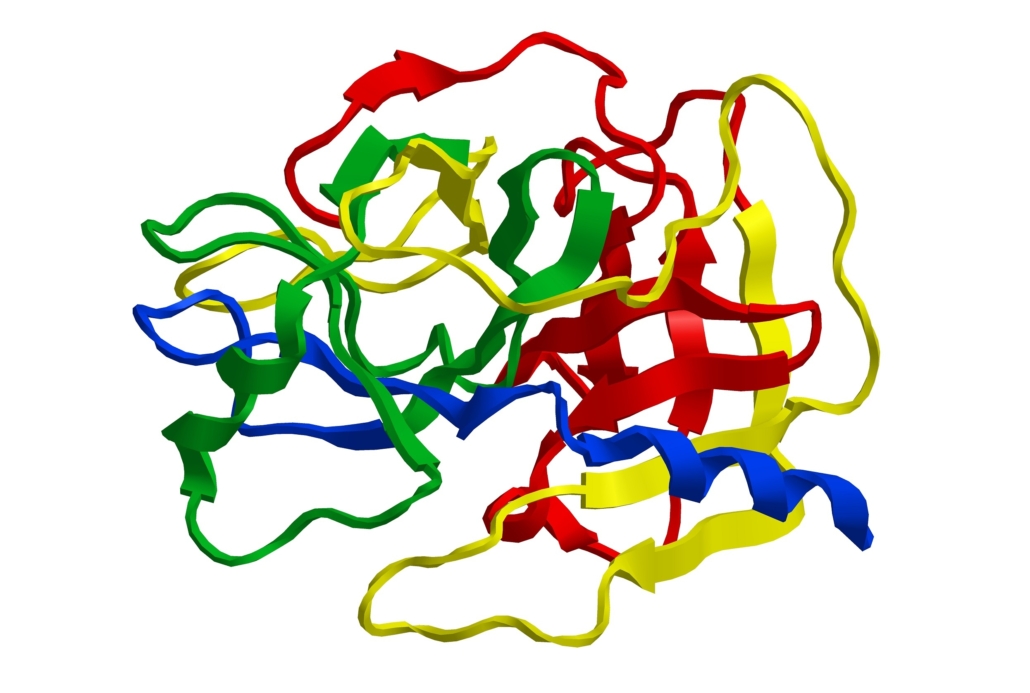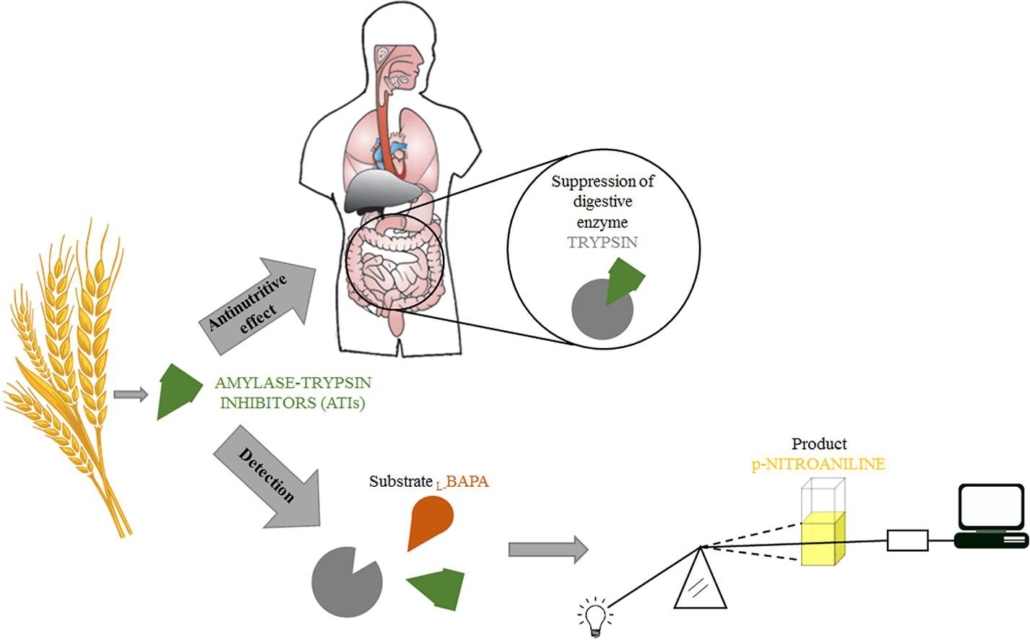A Guide to Animal Based Diets
Most people have heard of Low-carbohydrate, high-fat diets like Paleo and keto. They’ve been around for decades. More recently, low-carb pioneers like Dr. Robert Kiltz, Dr. Ken Berry, and Dr. Shawn Baker are leading an evolution from standard low-carb dieting into a meatier, Animal-based diet paradigm.
The meatiest animal-based diet is simply called “carnivore.” Jettisoning all plant products, carnivore eaters get all their calories and nutrients from only meat and animal products. The term Animal-based was popularized by Dr. Paul Saladino, known as the Carnivore MD, who rose to fame with his book The Carnivore Code.
After a number of years consuming an all-meat diet, Dr. Saladino moved to Costa Rica and added fresh fruit to his carnivore approach. He dubbed this approach “animal-based” because it was no longer strictly carnivore, yet the majority of calories and nutrients still come from meat and animal products.
In this article, we’ll explore different types of animal-based diets, explain the rationale behind going animal-based, and detail the various benefits undergirding this radical dietary approach.
[TOC]
What is the Animal Based Diet?
First of all, there isn’t one animal-based diet. Hence, the word “based.” So, let’s take a look at a few of the most popular versions.
Carnivore Diet
The carnivore diet is the epitome of animal-based diets. It eliminates all non-animal products, including vegetables, sweeteners, grains, plant-derived oils, fruits, seeds, nuts, and spices, along with all processed and artificial foods.
Yet even among strictly carnivore animal-based diets, there are variations. For example, the carnivore elimination, or “Lion Diet” calls for only red meat, water, and salt.
The standard carnivore diet allows for all animal-derived foods, including eggs and full-fat dairy dairy. For brave carnivores, nose-to-tail carnivore eating includes a variety of nutrient-dense organ meats.
Dr. Kiltz’s BEBBIIS Plan
The B.E.B.B.I.I.S. (pronounced “babies”) plan is an animal-based diet developed by fertility doctor Robert Kiltz.
BEBBIIS stands for Bacon, Eggs, Butter, Beef, Ice cream (Kiltz’s homemade keto ice cream), Intermittent feasting, and Salt.
But the diet doesn’t restrict meat to beef and bacon. Those are more of a rule of thumb. It also welcomes lamb, salmon, pork, bison, and chicken, as well as organ meats and cheese.
The BEBBIIS was developed from over a decade of experimentation and research in Dr. Kiltz’s clinical practice as a natural way to dramatically improve fertility.
Meat and Fruit Diet
The meat and fruit diet takes the carnivore diet and adds some fresh, low-toxin fruits. It is viewed as an ancestral diet since early humans had limited access to some fruits.
However, the large, ultra-sweet Frankenfruits that we’re familiar with today didn’t exist for our ancestors. The fruit that our ancestors did have access to was smaller, more fibrous, and only occasionally available.
In short, the types and quantities of meat and fruit you consume can result in very different effects. This way of eating is best suited for hard-training athletes who are actually trying to avoid ketosis and replenish glycogen stores.
A variation on the meat and fruit diet includes honey, making it even sweeter.
As we touched on above, the term animal-based was coined by Dr. Paul Saladino to bridge his transition from standard carnivore to a diet that includes tropical fruits. It seems to work well for Saladino, who is extremely lean and surfs for 2-3 hours a day. For the rest of us mere mortals, eating lots of fruit along with lots of fatty meat isn’t the best idea.
The preponderance of research tells us that high-sugar diets are a root cause of metabolic disorders and chronic inflammation, which is why a true carnivore is so effective at combating these diseases.
Meat and Greens Diet
The meat and greens diet entails fatty meat, greens, water, and salt, and that’s it.
While some people add grass-fed butter, others use only animal fats like tallow for cooking.
After 30-90 days on this approach, meat and green dieters often experiment with adding other animal-based foods like full-fat dairy, eggs, pork, poultry, and seafood.
As with all other animal-based diets, meat and greens dieters eliminate all industrial foods, including toxic seed “vegetable” oils, grains, and sugars.
It’s worth noting that greens are high in oxalic acid, a naturally occurring plant toxin. Oxalates contribute to intestinal and digestive problems and can interfere with the absorption of vital nutrients like zinc and calcium.
Evolutionary Foundations of an Animal-Based Diet

Animal-based diets are founded on a growing body of research suggesting that early humans practiced an essentially all-meat dietary pattern.
Researchers, including Miki Ben-Dor and Amber O’Hearn, tell us that early humans were hyper-carnivorous apex predators for nearly two million years until only around 10,000 years ago when agriculture took over.
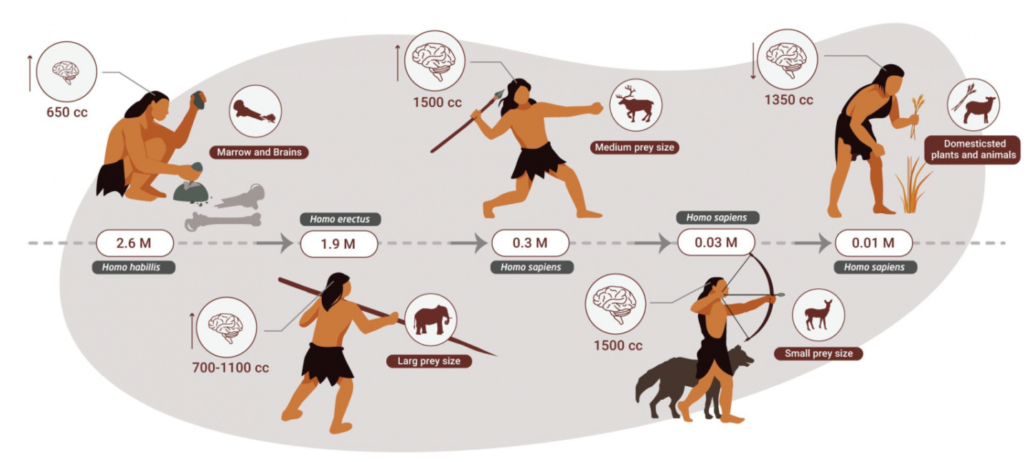
Source: Dr Miki Ben Dor
This timeline corresponds with the extinction of giant animals known as mega-fauna that once roamed the earth. These giant animals provided an incredible abundance of fatty, nutrient-dense meat, making the expenditure of calories in gathering and processing other foods caloric waste in comparison.
It wasn’t until the extinction of megafauna due to hunting that humans gradually introduced plant foods into their diets.
Research tells us that meat eating was the cornerstone of evolution, providing the fat and specific nutrients that fueled the rapid growth of our brains, and ultimately set us apart from our primate ancestors.
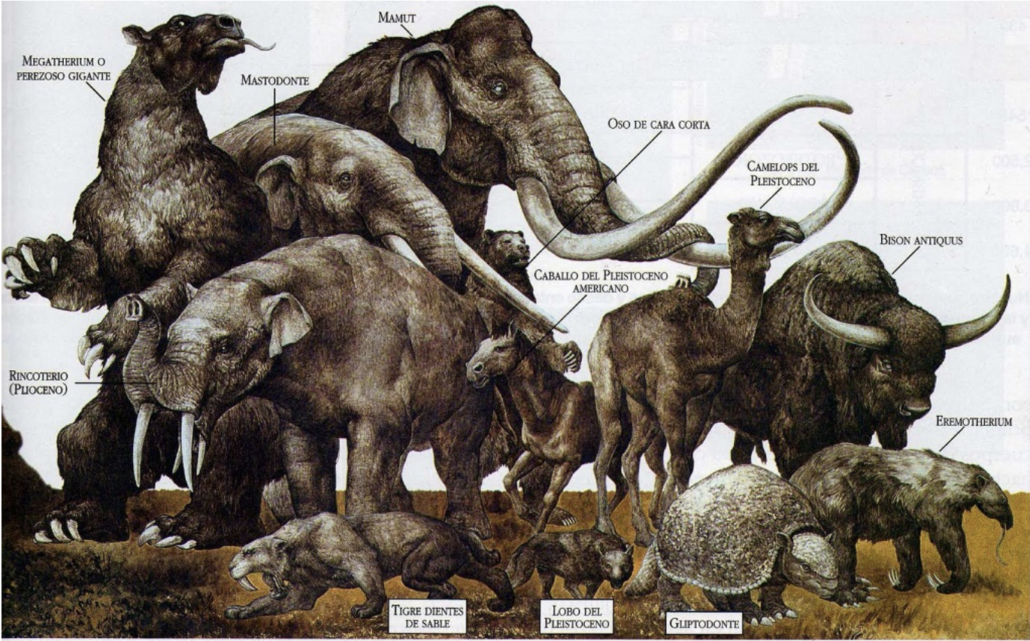
Source: Lifegate Daily
The collapse of megafauna and the transition to grain-based agriculture is widely viewed as the greatest health crisis to befall humanity. Our bodies and brains shrunk, and we became susceptible to more diseases.
Benefits of an Animal-Based Diet
Animal based diets realign our physiology with the nutrient-dense foods that we evolved to thrive on. So it’s no surprise that this way of eating confers various benefits. Let’s explore.
Reduces Inflammation and Combats Autoimmune Diseases
Animal-based diets eliminate all processed foods that constitute the cornerstone of the extremely unhealthy Standard American Diet. Sugars, vegetable oils, and grains promote chronic inflammation–the root cause of the so-called “diseases of civilization,” including :
- heart disease
- hypertension
- type 2 diabetes
- epithelial cell cancers
- Dementia
- Autoimmune diseases such as bowel disorders, osteoporosis, and infertility among others
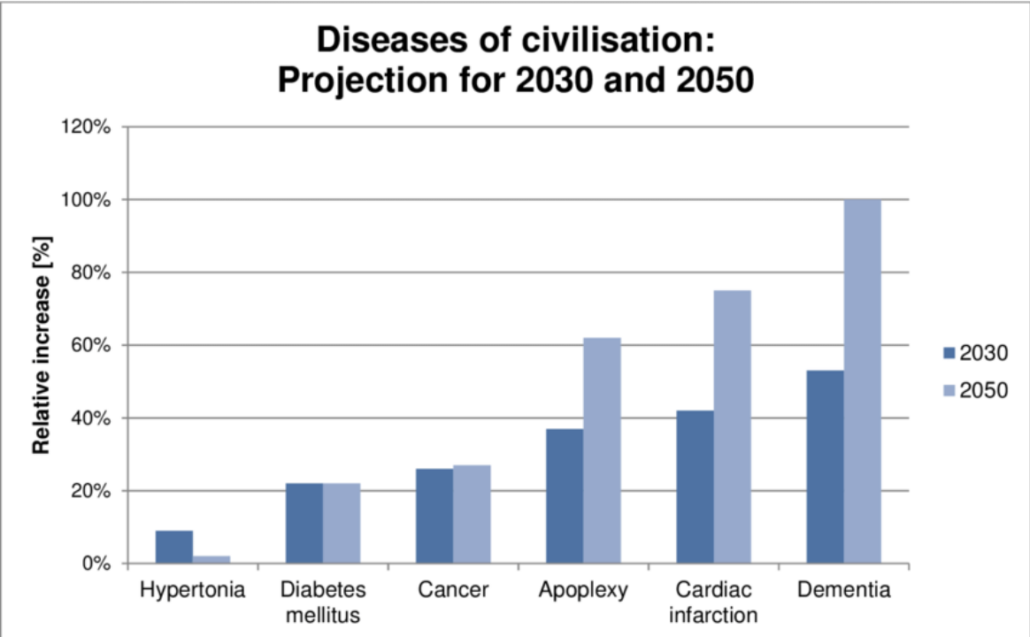
Source: Jordan, Philipp. (2011). Analysis, design and evaluation of an interactive system to support early stage dementia patients and their families.
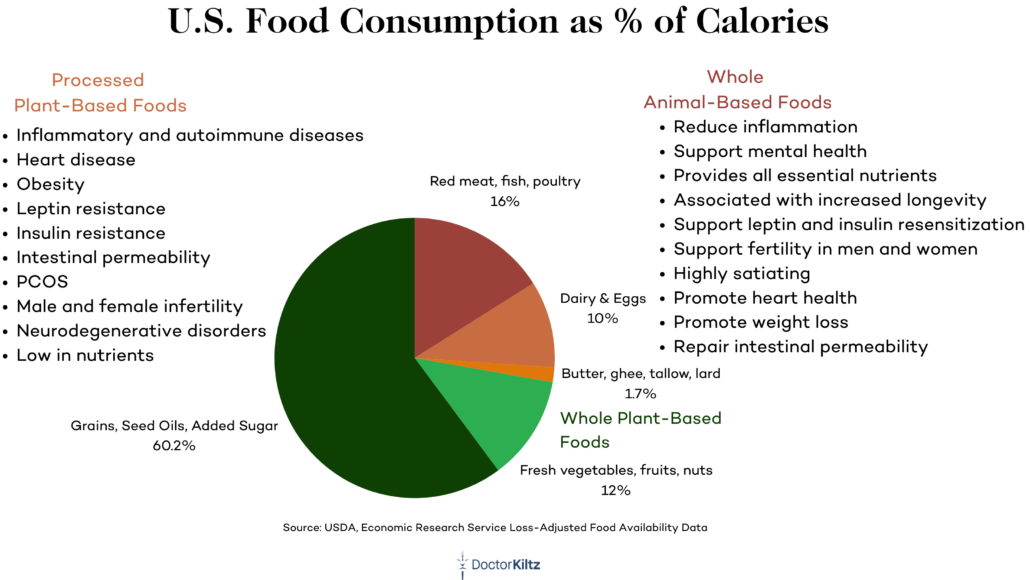
Superior Nutrient Density
Animal-based diets are centered on foods that provide more macro and micronutrients per weight than plants.
This is true concerning the variety of nutrients, total amount of nutrients, and bioavailability (how easily our body can absorb them). This phenomenon is known as “meat efficiency.”
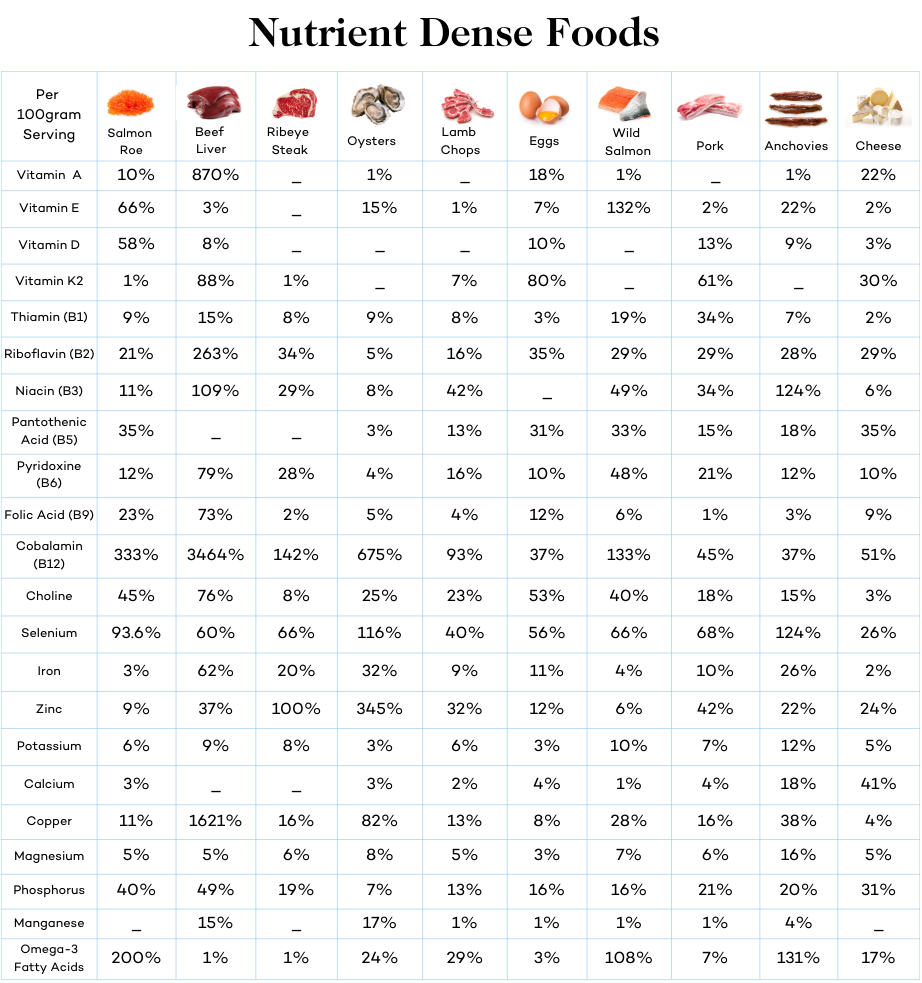
Despite the “balanced diet” dogma, plants, as it turns out, are completely non-essential. While animal products like meat, eggs, and full-fat dairy are nutritionally optimal. Animal-based foods provide so much more than the fat and protein that most people think of.
Eliminates or Reduces Exposure to Plant Toxins
Animal-based diets either totally or significantly eliminate exposure to thousands of naturally occurring plant toxins and antinutrients.
Compounds like phytic acid, prevent the absorption of critical vitamins and minerals.
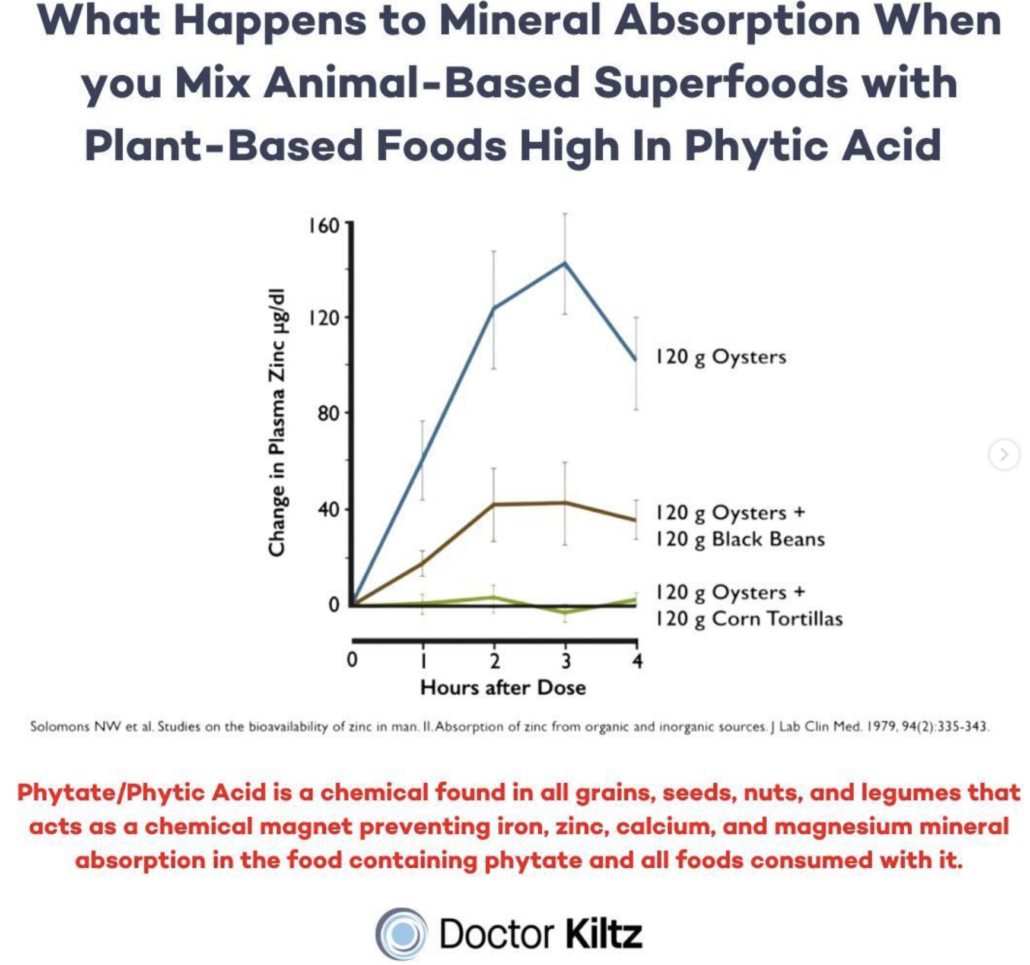
Chronic exposure to plant toxins such as oxalates, histamines, phytohormones, salicylates, trypsin inhibitors, and antinutrients like lectins can cause numerous allergies, leaky gut, autoimmune diseases, and chronic inflammation.
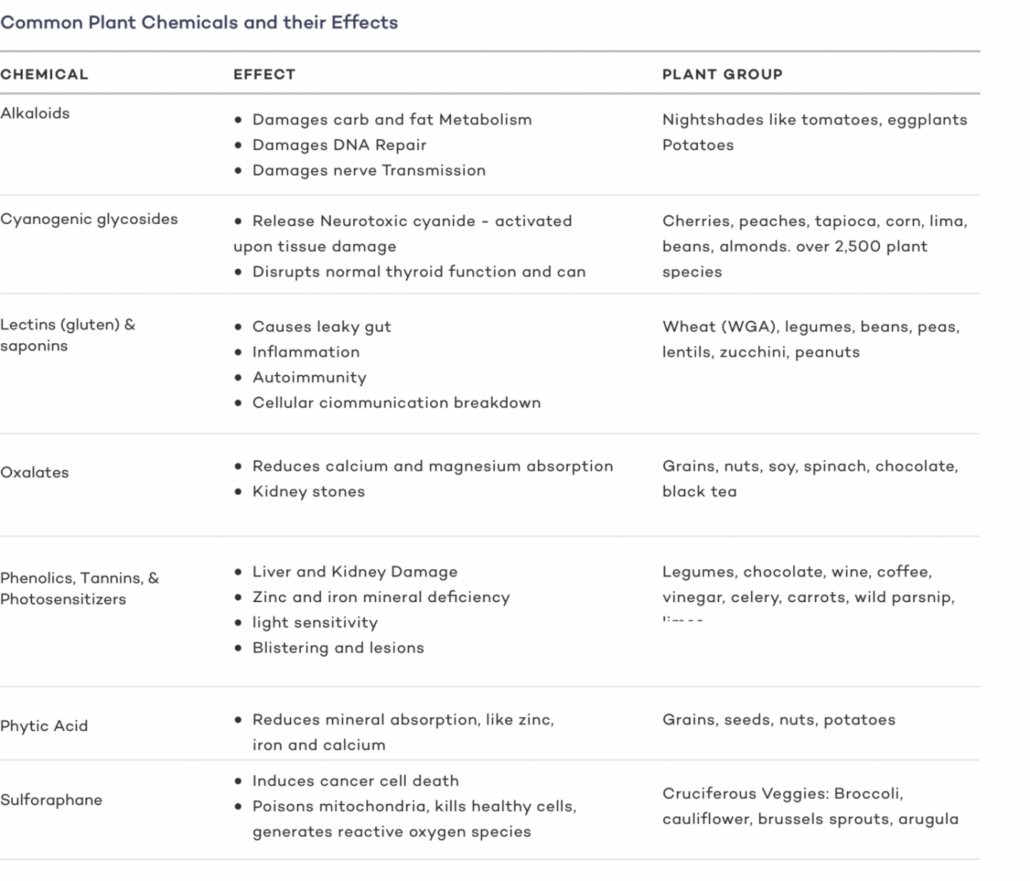
Alleviates Digestive Problems
Animal-based diets eliminate most FODMAPS plant foods, and plant-derived lectins, oxalates, and phytates. All of these degrade the intestinal lining, causing intestinal permeability, AKA leaky gut.
On the other hand, many animal products are high in vitamin A and vitamin D, which support beneficial gut bacteria and protect against inflammatory bowel disease and leaky gut.
Vitamin D deficiency can also compromise the barrier, which may be why it’s associated with inflammatory bowel disease and leaky gut.
Eating an animal-based diet high in fat-soluble vitamins from fatty cuts of steak and organ meats can quickly reverse such deficiencies.
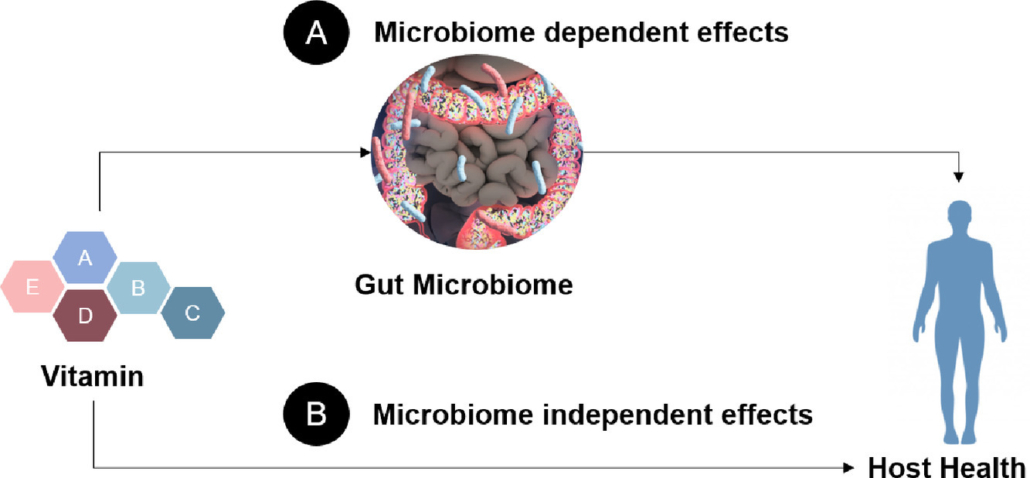
Source: Nutrition Research
Animal-based foods like eggs and beef are high in glutamine. This amino acid regulates the tight junctions between intestines, preventing toxins from entering the bloodstream.
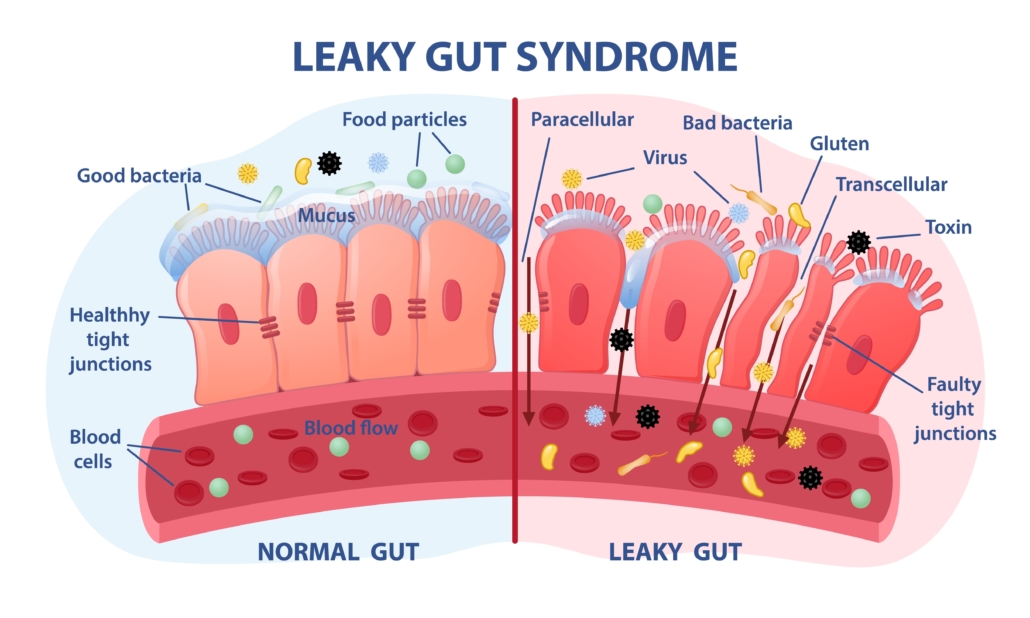
Supports Mental Health
Numerous studies have found that people who regularly consume meat and animal products are much less likely to suffer mental health issues, including depression and anxiety.
In 2021 two gold-standard meta-analyses examining numerous studies with data from nearly 600,000 people revealed that vegetarians had significantly higher depression and anxiety scores than meat eaters.
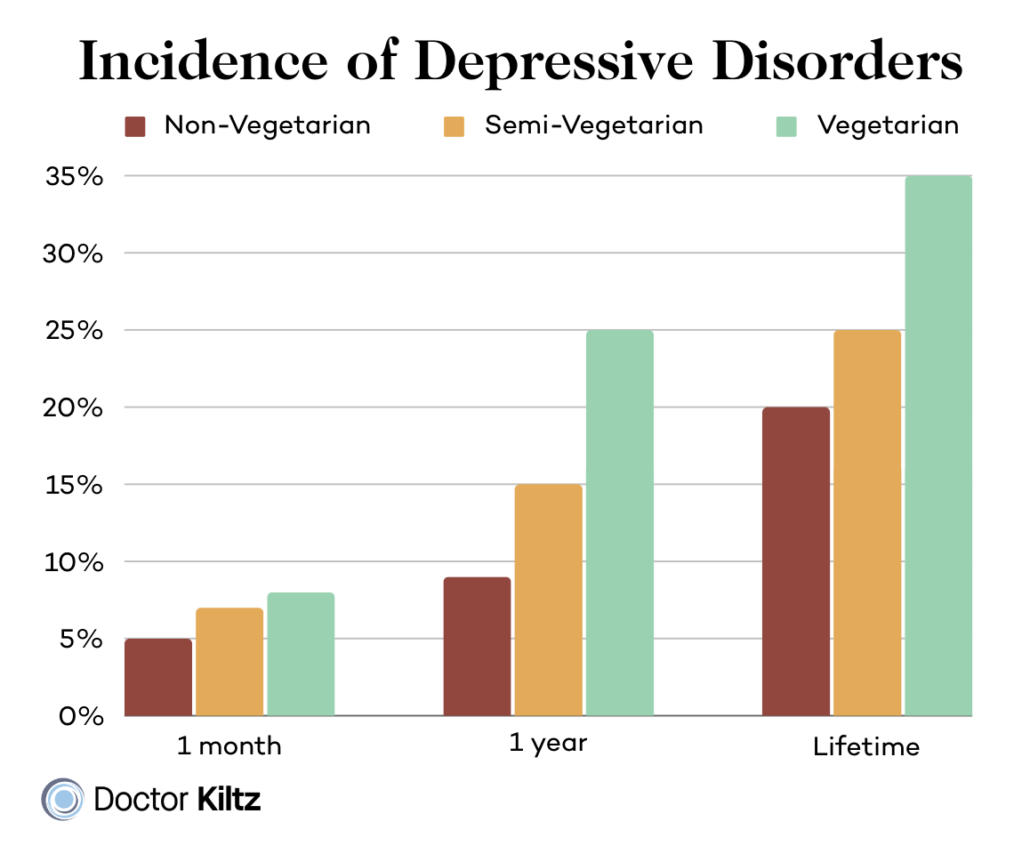
Longevity?
Animal-based diets may promote longevity.
Studies have found that total meat consumption correlates with greater life expectancy, independent of total caloric intake, economic status, obesity, and the advantages of living in urban environments.
Though the link between meat and longevity is only associative, it does make it fairly clear that meat is not the dietary public enemy that it has been made out to be. Let’s dig a little deeper into this topic.
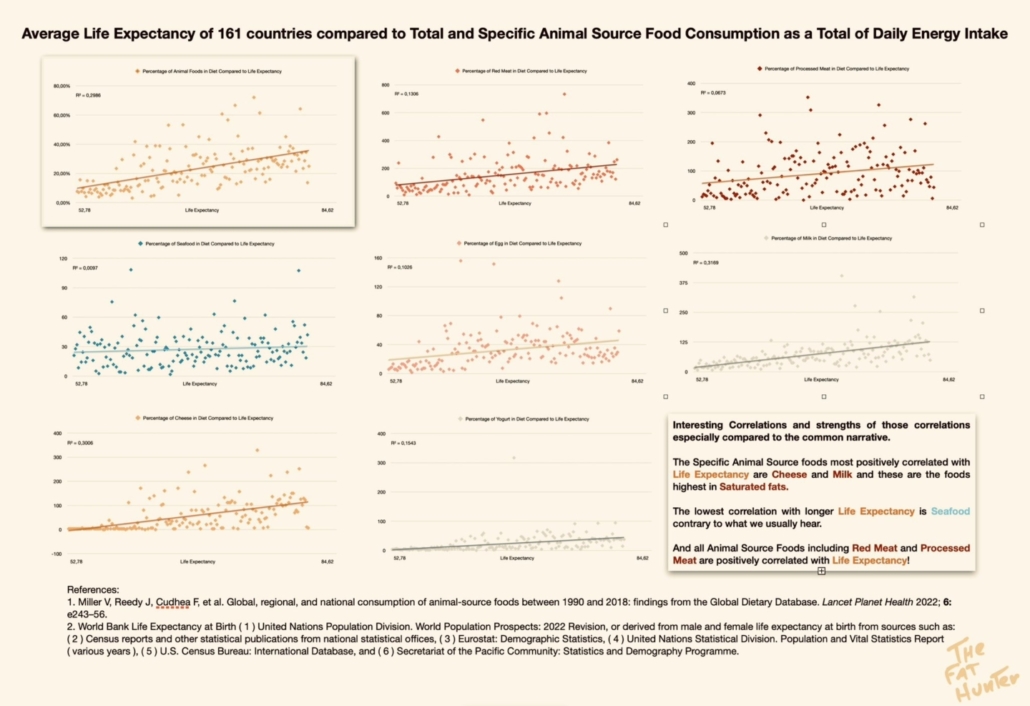
But Isn’t Meat Unhealthy? Nope!
Red meat has been unfairly maligned since the 1960s when saturated fat was erroneously associated (but not causally linked) to heart disease. Now, higher-quality modern studies are setting the record straight.
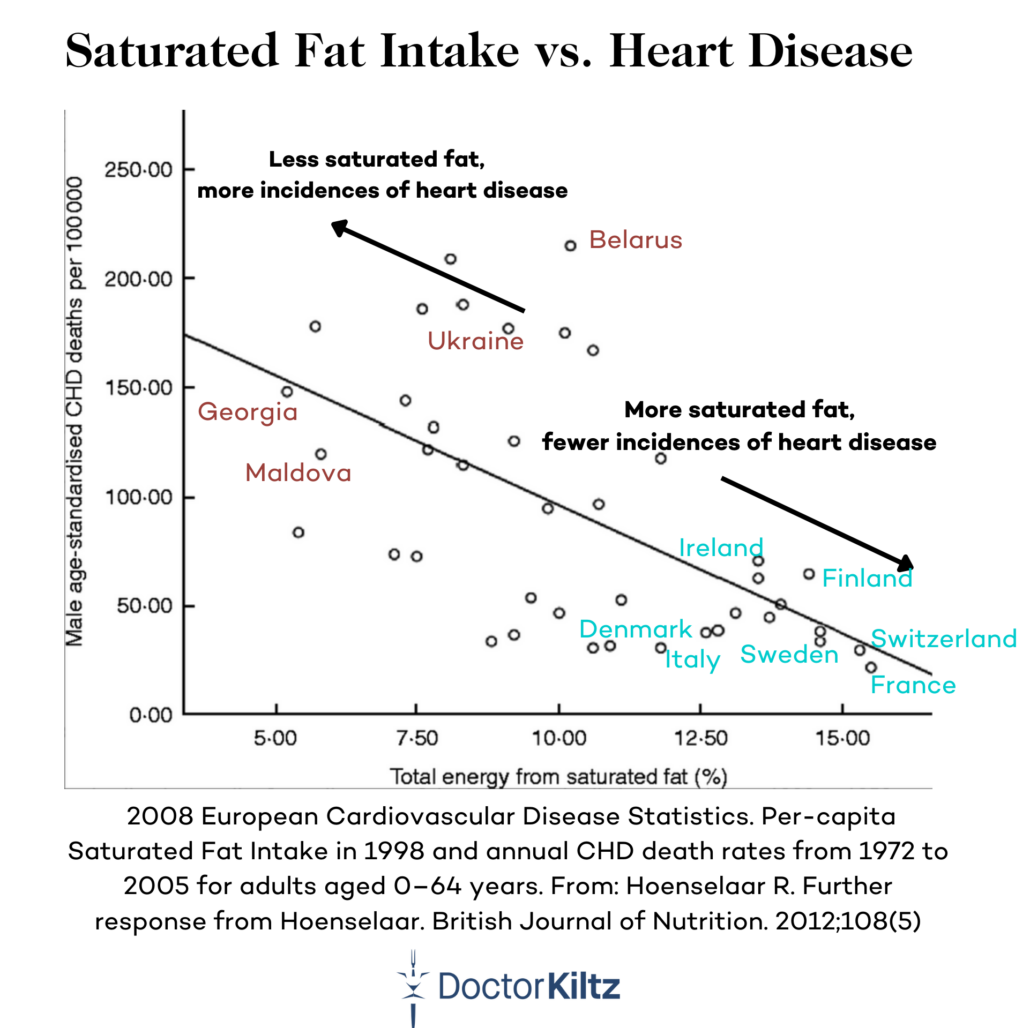
A 2010 meta-analysis of the effects of eating red meat found that “Although intake of processed meat has been associated with increased risk of CHD (coronary heart disease), intake of unprocessed red meat is not, which indicates that the saturated fat content of meat is unlikely to be responsible for this association.”
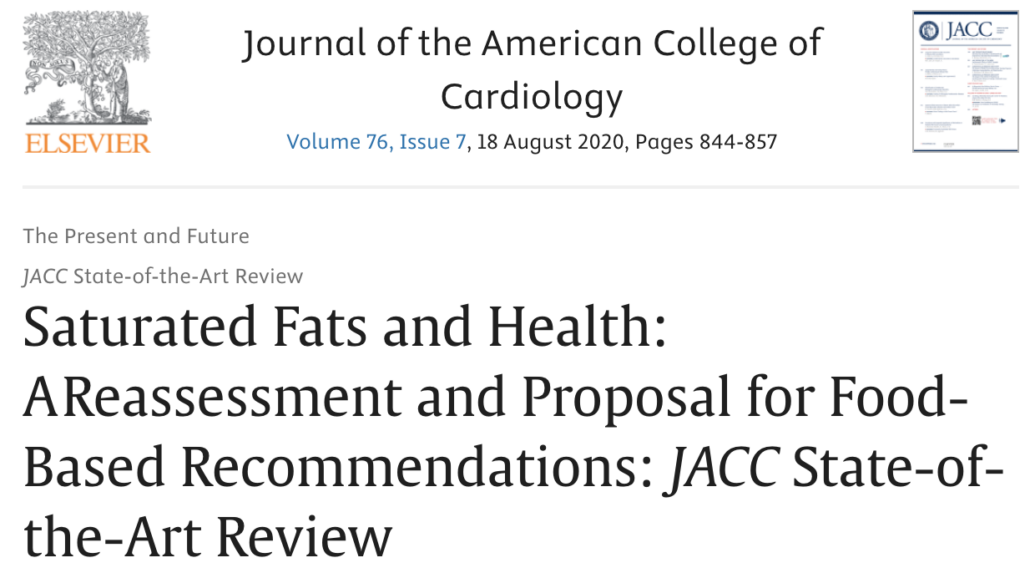
Then in 2020, a bellwether meta-analysis (gold standard of dietary research) published in the prestigious Journal of the American College of Cardiology concluded, “Whole-fat dairy, unprocessed meat, and dark chocolate are SFA-rich foods with a complex matrix (of nutrients) are not associated with increased risk of CVD (cardiovascular disease). The totality of available evidence does not support further limiting the intake of such foods.”
You can learn more about the true dietary cause of heart disease here. Here’s a hint–it has a lot to do with sugar and seed oils.
Foods to Eat on an Animal-Based Diet
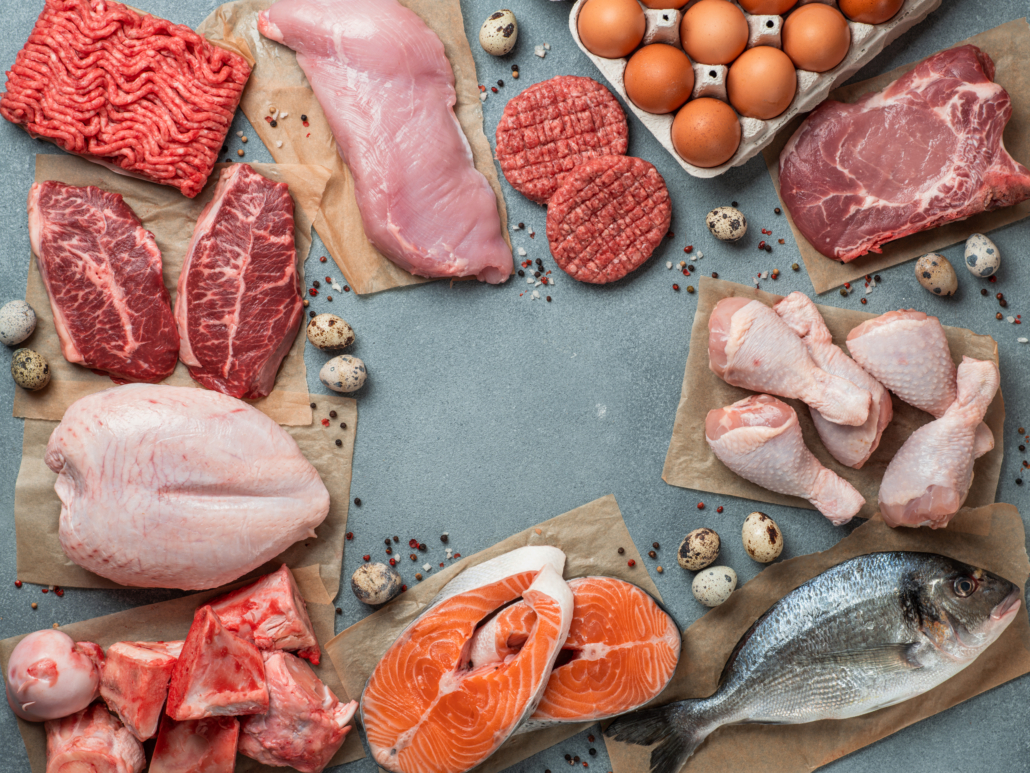
Going animal-based is a fantastic way to supercharge your nutrient intake while simplifying your shopping list. Core animal-based foods include:
Fatty Ruminant Meats
Ruminant meats, including beef, bison, and lamb. Focus on fatty cuts like ribeye, NY strip, short ribs, 80/20 ground beef, and lamb chops.
These are the most nutritionally complete foods on earth, providing an abundance of healthy fats, complete proteins, a complex of B vitamins, selenium, and vitalizing minerals like zinc, iron, and copper.
Meats from Monogastric Animals
Meat from animals with only one stomach, such as pigs and fowl, are also a great source of nutrients, but usually at lower concentrations than their ruminant counterparts.
Fatty Fish and Seafood
Fatty fish such as Atlantic mackerel, anchovies, king salmon, and arctic char provide an abundance of B vitamins and healthy fats, especially Omega-3 fatty acids.
Seafoods like salmon roe, oysters, mussels, shrimp, and crab are fantastic sources of minerals like zinc and potassium. They also make great vehicles for butter!
Animal fats
Butter, ghee, tallow, and lard are animal-based cooking oils. If you’re on a low-carb animal-based diet, you will need to get 70% of your calories from fat, making these animal fats a central component of your daily meal plan.
Eggs
Eggs are one of the most complete foods on earth, providing a near-perfect blend of fats, protein, and vitamins.
Organ meats
Many people who practice animal-based add organ superfoods like beef liver, bone marrow, and bone broth, while the more adventurous explore cooking with pancreas, spleen, and brain.
Full-fat dairy and Cheese
Though dairy didn’t emerge until the rise of pastoralists around 10,000 years ago, full-fat dairy is rich in nutrients.
Grass-fed butter and ghee, cheeses, heavy/whipping cream, and even keto-friendly yogurt (boosted with heavy cream) can have a place on an animal-based diet.
Salt
Salt is an essential nutrient that is critical to numerous physiological processes in your body. An important part of any diet, salt becomes even more crucial when you cut out processed foods–the main source of dietary salt for most people.
Foods to Limit or Avoid on Animal Based Diet
As touched on above, some animal-based diets are more restrictive than others. But all animal-based diets will have far fewer plant foods than standard diets.
No Refined Sugar, Flour, or Seed Oils
All versions of an animal-based diet totally eliminate refined sugar, grain flour, and seed “vegetable” oils.
These industrial foods are key factors in our modern epidemic of inflammatory diseases.
Together, these three foods constitute nearly 70% percent of the calories on a standard American diet.
Eliminating these inflammatory foods is essential to enjoying the benefits of an animal-based diet.
What About Vegetables, Fruits, Nuts, Seeds?
Fruits, veggies, nuts, and seeds all contain fiber, plant toxins, and antinutrients. For these reasons, an animal-based diet either eliminates or significantly reduces the variety and amount of these foods.
More liberal animal-based dieters focus on well-cooked and low-toxin “roots and fruits” like unblemished sweet potatoes and raspberries. Consuming few plant foods is most aligned with the ancient eating practices that humans evolved to thrive on.
The Bottom Line on Animal Based Diets
Animal-based diets are based on three simple guidelines that can yield various profound benefits.
- Center your meals around fatty animal products, mostly ruminant meats, supplemented with eggs, pork, poultry, fish, animal fats, and full-fat dairy
- Completely eliminate all processed foods, added sugars, grains, and vegetable oils
- Eliminate or selectively and sparingly consume low-toxin plant foods
Consuming an animal-based diet realigns eating habits with the ancestral dietary patterns that humans evolved to thrive on over nearly two million years.
An animal based diet that returns us to a congruence between the nutrient-dense animal foods that our metabolism is built for
- reduces inflammation
- supports mental clarity and mental health
- heals the gut
- supplies our bodies with a hyper-abundance of nutrients in the perfect proportions and bioavailable formats for our needs













